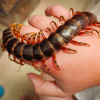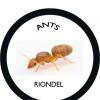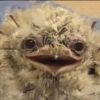I got the Myrmecocystus mexicanus from someone, and dug up the Myrmecocystus navajo next to the road going up to the Devil's Punchbowl Natural Area.
Queen 1: (EDIT: Was thought to be M.navajo queen but is also M.mexicanus)
It has been 6 days since I have had her, and she already has a large egg pile.
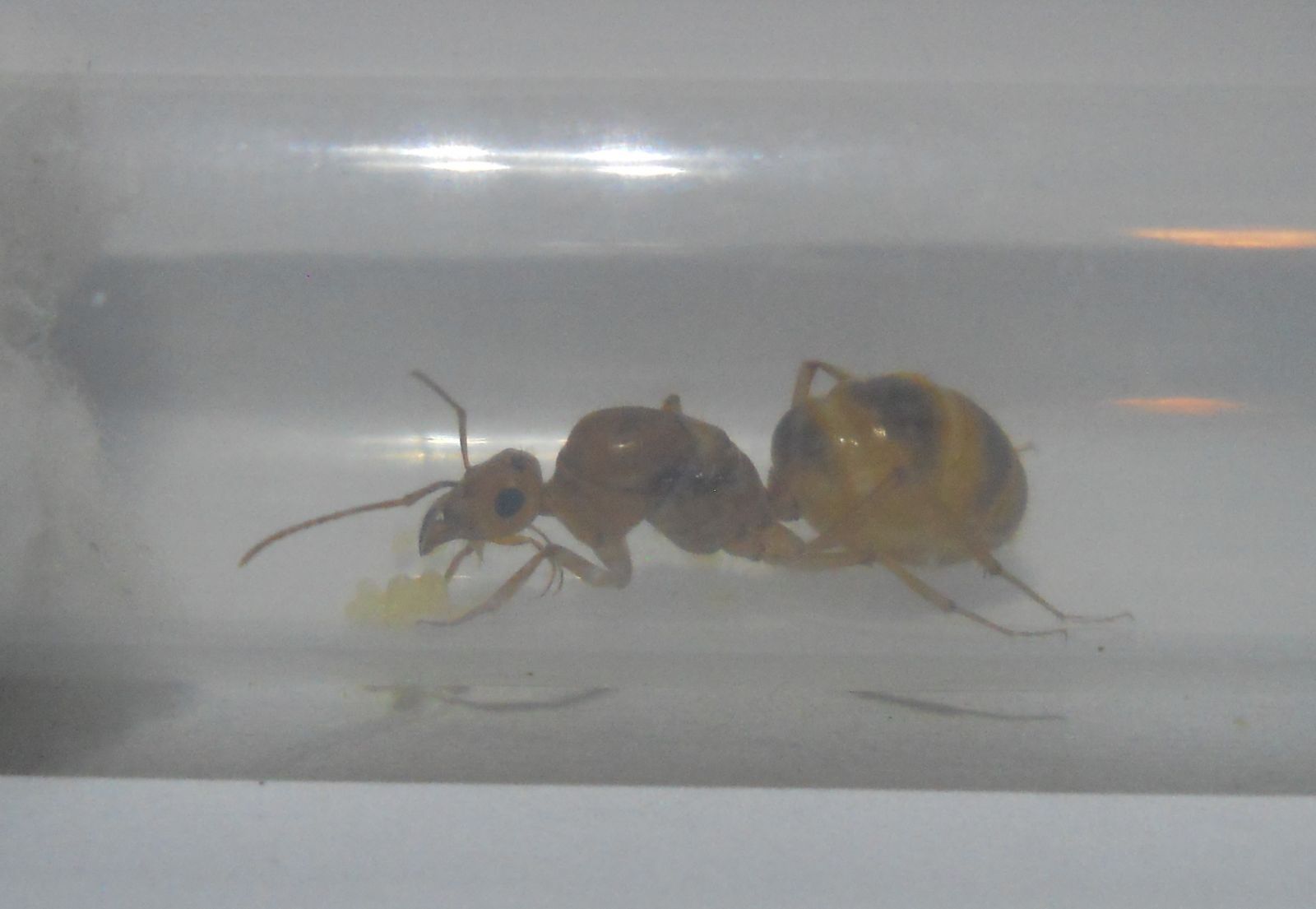
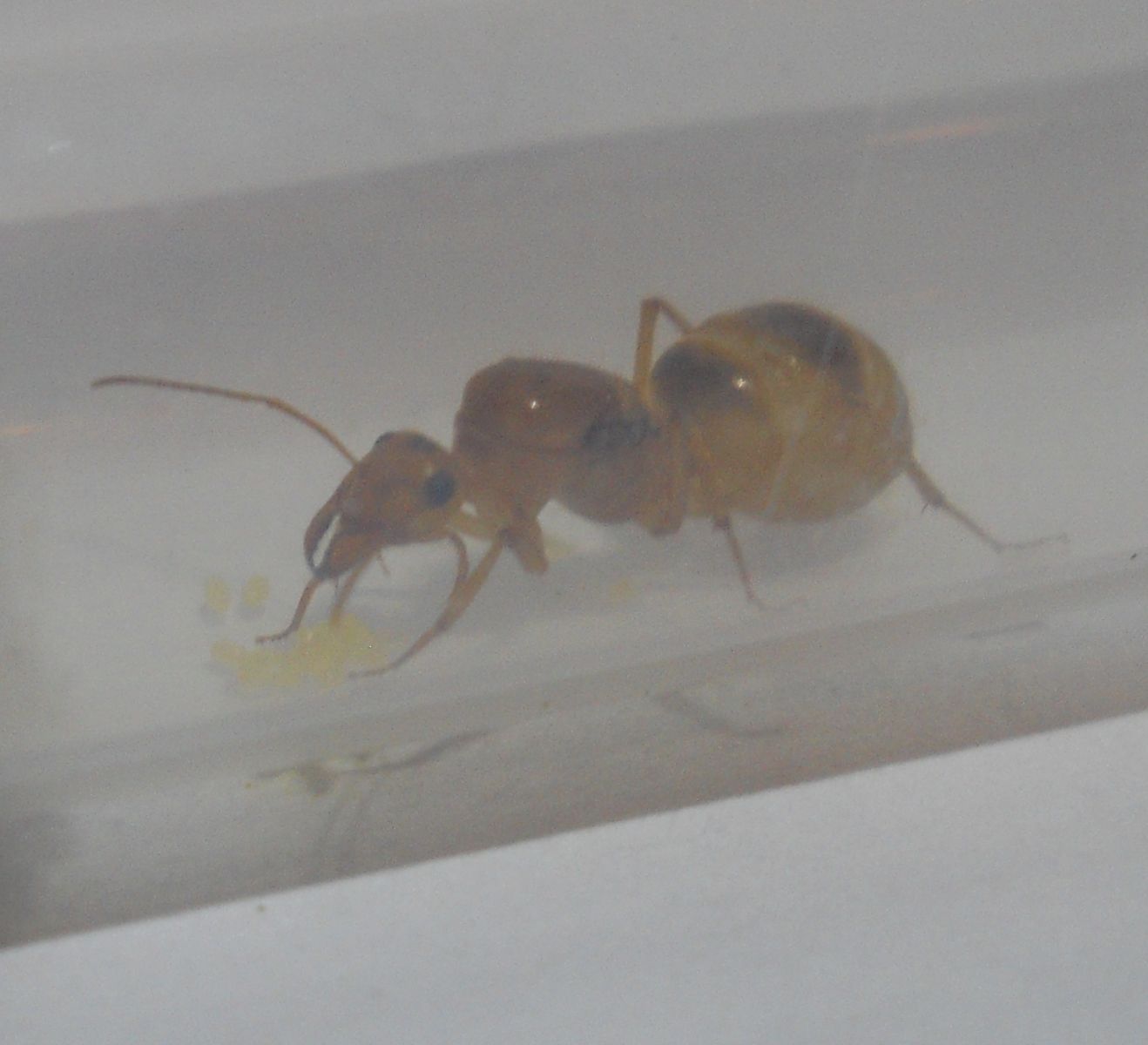
Queen 2: (EDIT: Was originally known as mexicanus queen.)
She also has a very large pile of eggs, and what struck me the most, was both of these have very yellow eggs, compared to all the other species I have which tend to be white.
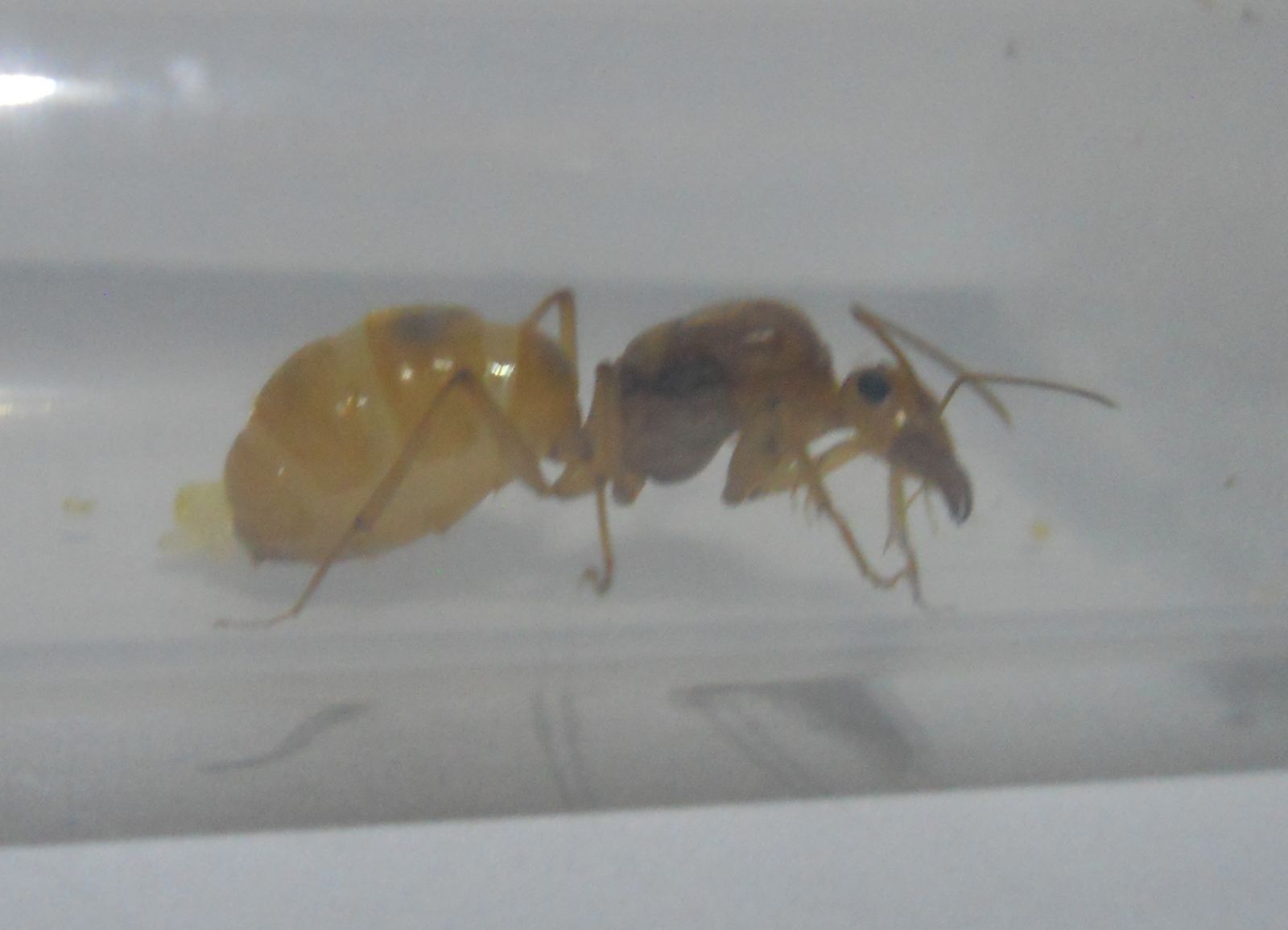
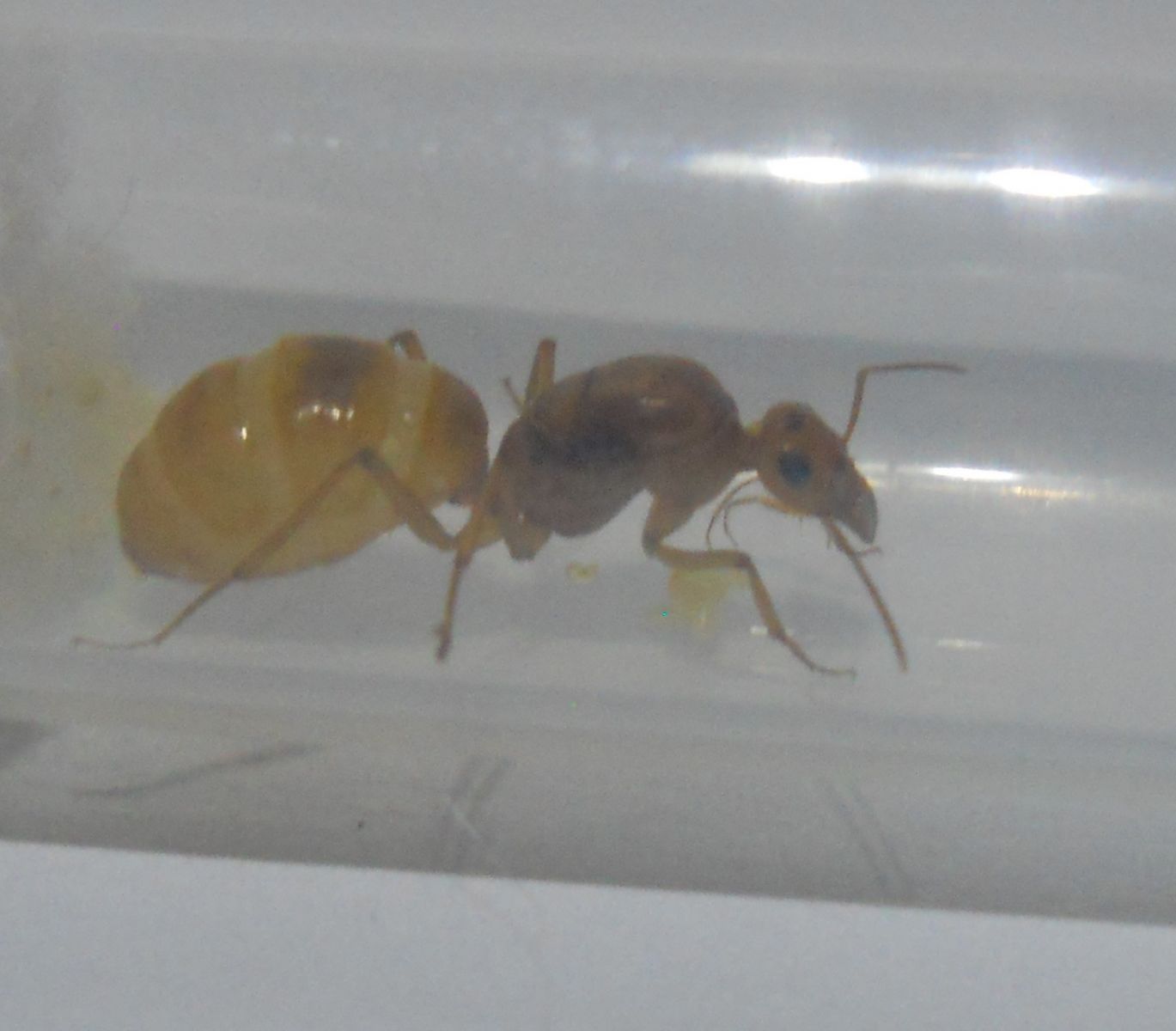
Edited by Gregory2455, February 20 2019 - 10:24 PM.

















